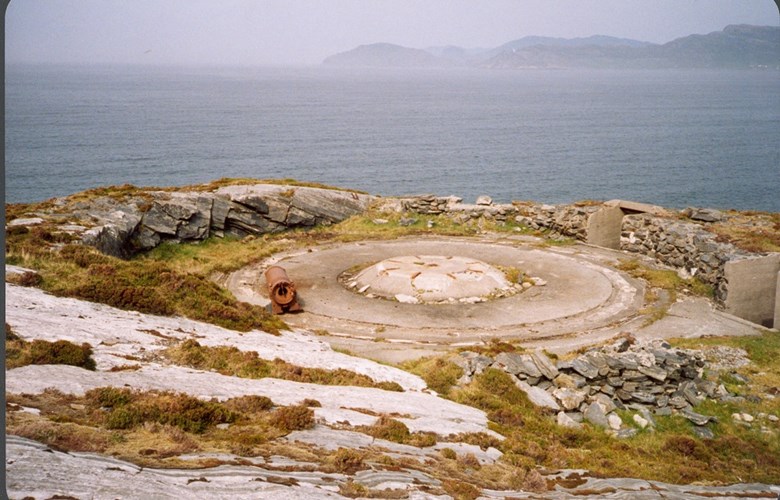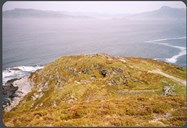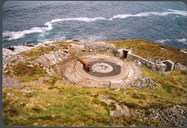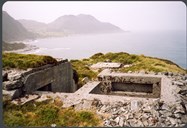Artillery group Stadlandet
The German Army built four coastal forts in the area from Storeneset at Stadlandet and eastwards along the Rovdefjord to Berknes. These coastal forts formed part of the German invasion defence, and they were all under the command of the artillery group Stadlandet. The sea lane from Måløy around Stad to the islet of Haugsholmen was also exposed to attacks from allied submarines and aeroplanes. For this reason, the German Navy emplaced 28 anti-aircraft guns in all, ranging in calibre from 20mmm to 105mm along the shipping lane from Måløy to Åram. In the waters off Stad 782 sea mines were laid in several big minefields.
The coastal fort at Storeneset
The purpose of the coastal fort was therefore to block the entrance to the Vanylvsfjord, but also to protect their own ships and convoys in the waters of Vanylvsgapet. At this point there are remnants of the positions of the six big field guns with ammunition rooms and rooms where the crew could seek cover. There are still a number of foundation walls of barracks and positions for smaller guns. From the top of the point there is a tunnel from the position of the fifth gun to the barracks for the crew at the other end. A large area was fenced in with barbed wire, and 2.456 landmines were laid. The coastal fort was cleared and closed down a short time after the war. The guns were sold as scrap iron, but the back part of the gun barrel remains in the gun positions. The guns were of the same type as the two that were left behind at Florø.
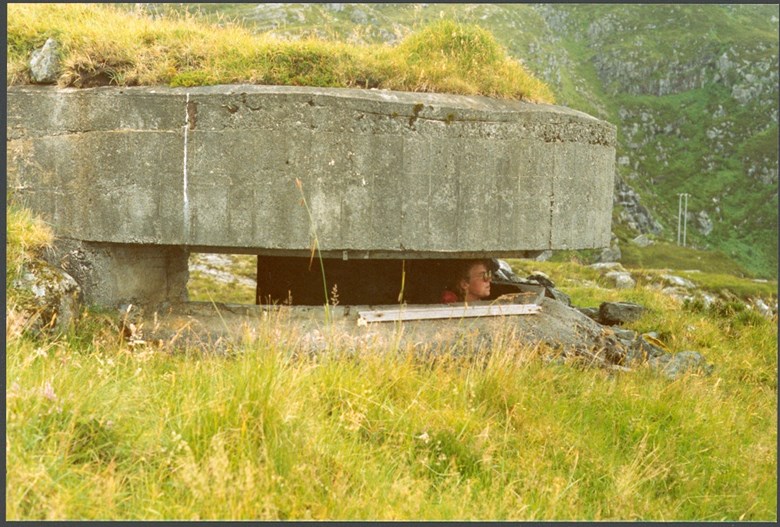
Facts on the coastal fort at Storeneset:
German name of the fort: HKB 38./976 Eltevik
Officers and crew: about 127
Main guns: Six French 155mm field guns
Operational: September 1942
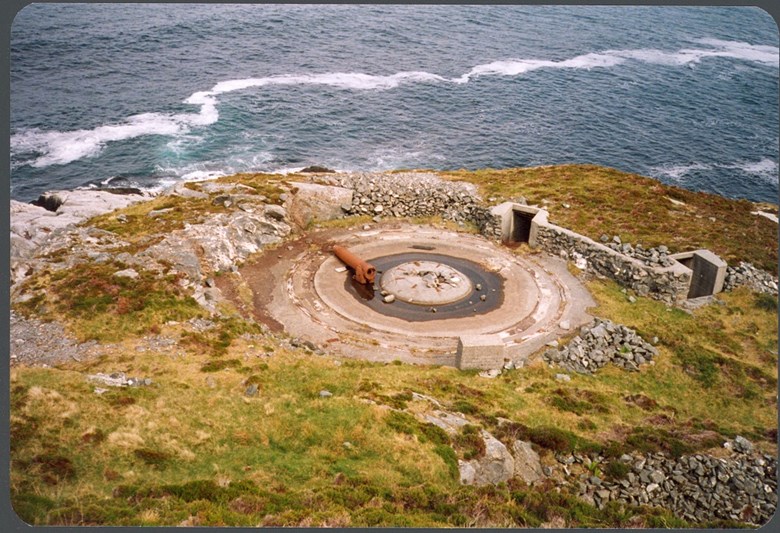
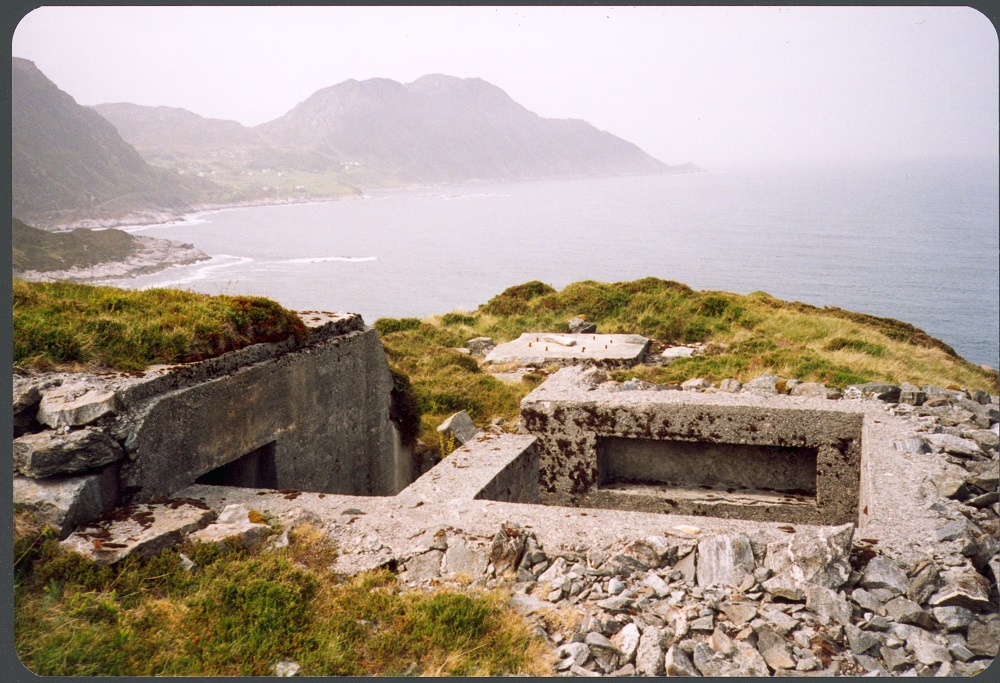
Clearing of mines at Stadlandet
It was the second lieutenant Dagfinn Aardal from Breim who on 14 May, 1945, came to Stadlandet to organize the Norwegian guarding of the many German facilities out there. A total of 8.447 landmines had been laid in minefields at Storeneset, Nolleneset by Leikanger, in the bay of Borgundvåg and Borgund. Under Norwegian and British surveillance, the mines were cleared by a German mine commanding unit in July, 1945. Two Germans lost their lives, and four others were injured in connection with this work.

